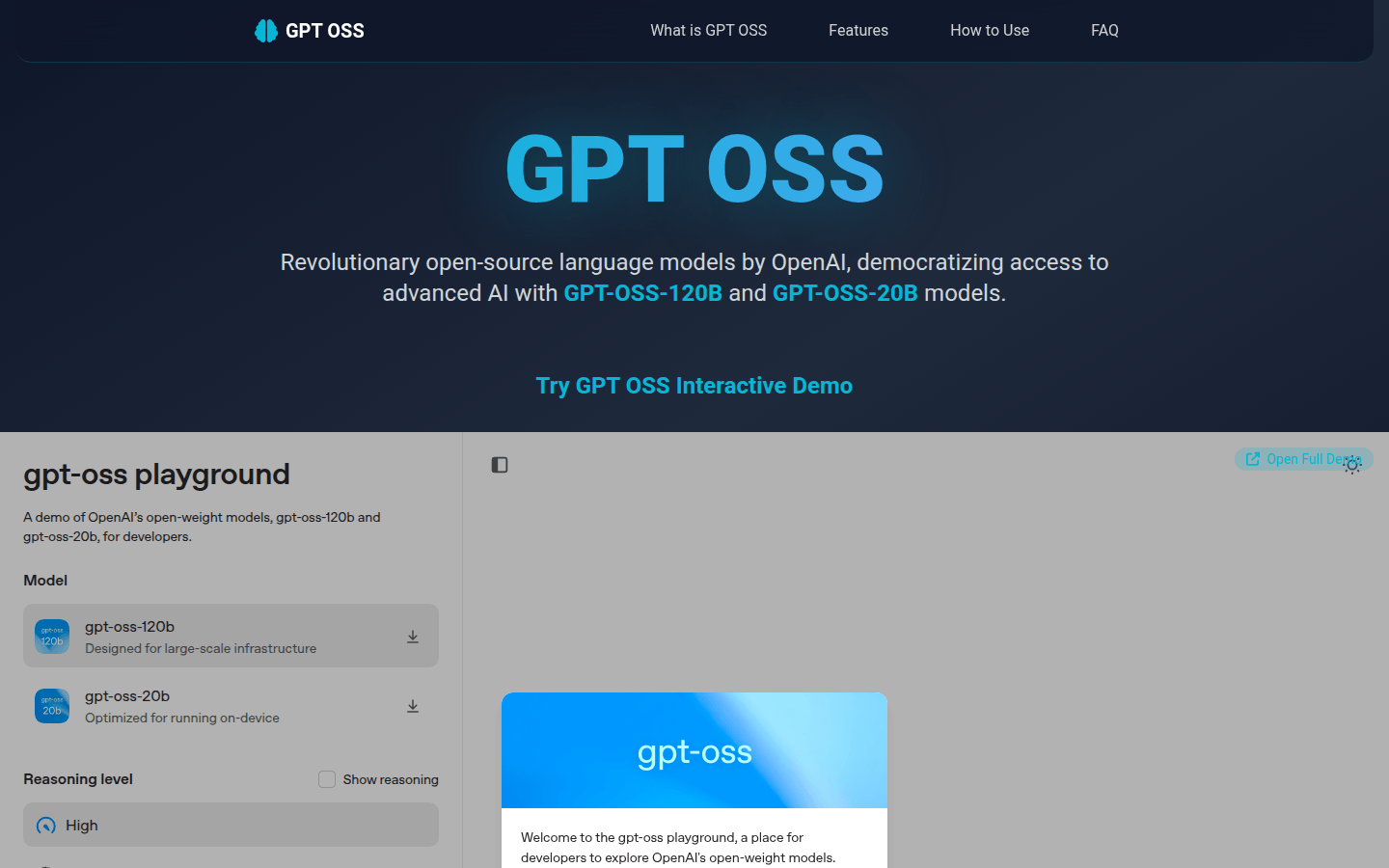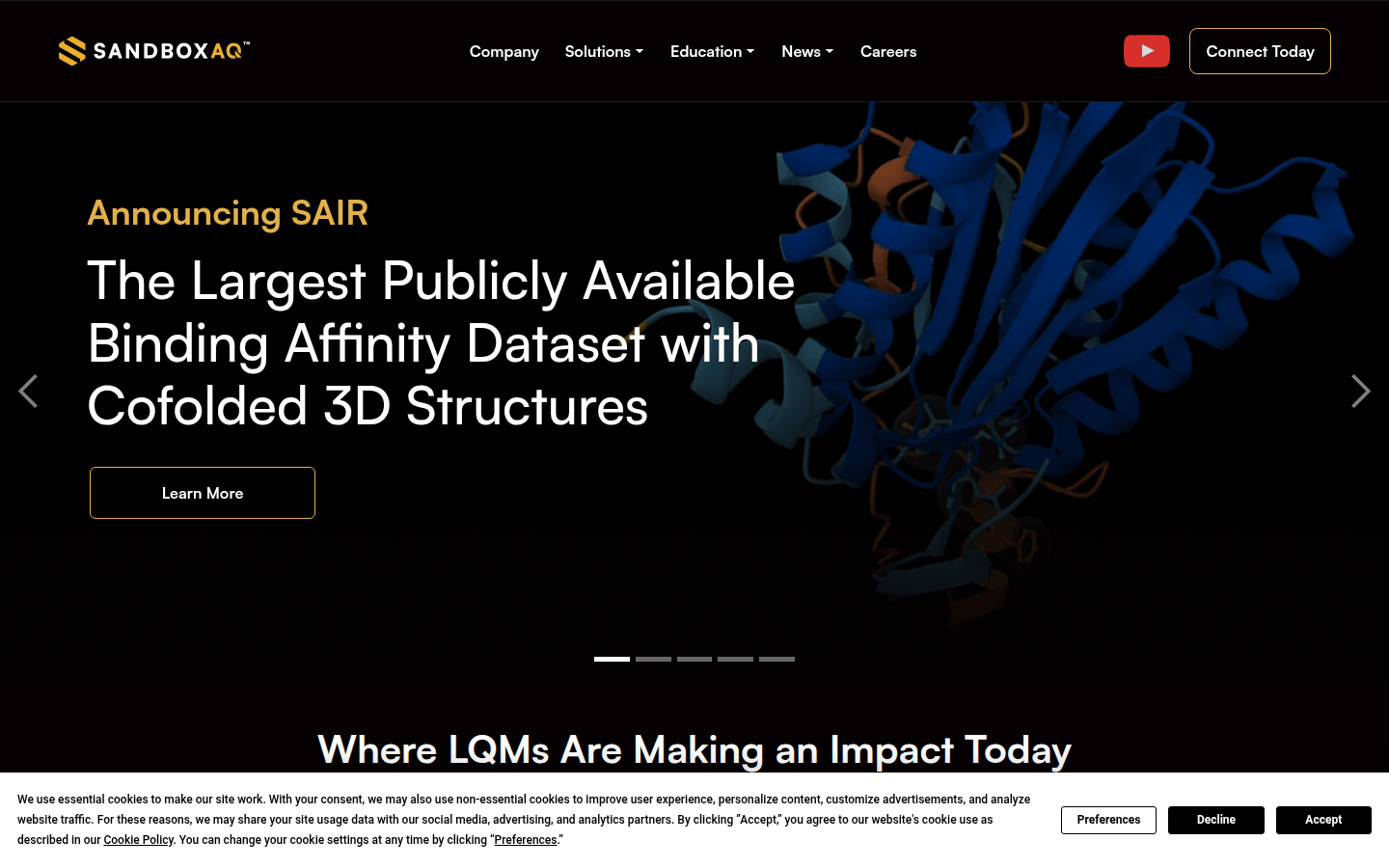CHIEF
Clinical Histopathology Imaging Assessment Basic Model

Product Details
The CHIEF (Clinical Histopathology Imaging Evaluation Foundation) model is a pathology-based model used for cancer diagnosis and prognosis prediction. It extracts pathology imaging features through two complementary pre-training methods, including unsupervised pre-training to identify tile-level features and weakly supervised pre-training to identify patterns across slides. The CHIEF model was developed using 60,530 whole slide images (WSIs) covering 19 different anatomical sites and pre-trained on a 44TB high-resolution pathology imaging dataset to extract microscopic representations useful for cancer cell detection, tumor origin identification, molecular profile characterization, and prognosis prediction. The CHIEF model was validated on 19,491 whole-slide images on 32 independent slide sets from 24 international hospitals and cohorts, with overall performance exceeding state-of-the-art deep learning methods by up to 36.1%, demonstrating its ability to address domain shifts observed in diverse population samples and different slide preparation methods. CHIEF provides a generalizable basis for efficient digital pathology assessment of cancer patients.
Main Features
How to Use
Target Users
The target audience of the CHIEF model is pathologists, cancer researchers and medical data analysis experts. Pathologists can use the CHIEF model for more accurate cancer diagnosis and prognostic assessment, researchers can use it to explore the molecular mechanisms of cancer, and medical data analysis experts can use the model to process and analyze large amounts of pathology data.
Examples
Pathologists use the CHIEF model to analyze patient tumor samples to determine the origin of the cancer and prognosis.
Researchers use CHIEF models to train and validate new cancer diagnostic methods on large-scale pathology datasets.
Medical data analysis experts use CHIEF models to identify common and unique pathological features in different cancer samples.
Quick Access
Visit Website →Categories
Related Recommendations
Discover more similar quality AI tools

gpt oss
GPT OSS is an open source language model launched by OpenAI, with powerful reasoning capabilities and Apache 2.0 license. This model has the characteristics of high efficiency, security, API compatibility, etc., and is a pioneer of future open source language models.

Dyad
Dyad is a powerful application building tool that uses open source technology so that users can freely customize and build AI applications. Its main advantages include high flexibility, powerful functions, and support for local development and customization.

SandboxAQ
SandboxAQ uses technologies such as AI simulation, encryption management, and AI perception of global organizations to solve major challenges affecting society. It is an advanced computing product of great significance.

Dia AI
Dia is a text-to-speech (TTS) model developed by Nari Labs with 160 million parameters capable of generating highly realistic dialogue directly from text. The model supports emotion and intonation control and is able to generate non-verbal communications such as laughter and coughs. Its pre-trained model weights are hosted on Hugging Face and are suitable for English generation. This product is critical for research and educational use, enabling the advancement of conversation generation technology.

GenPRM
GenPRM is an emerging process reward model (PRM) that improves computational efficiency at test time by generating inferences. This technology can provide more accurate reward evaluation when processing complex tasks and is suitable for a variety of applications in the field of machine learning and artificial intelligence. Its main advantage is the ability to optimize model performance under limited resources and reduce computational costs in practical applications.

EasyControl Ghibli
EasyControl Ghibli is a newly released model based on the Hugging Face platform designed to simplify controlling and managing various artificial intelligence tasks. The model combines advanced technology with a user-friendly interface, allowing users to interact with the AI in a more intuitive way. Its main advantages are its ease of use and powerful functions, making it suitable for users from different backgrounds, whether beginners or professionals.

Hunyuan T1
Hunyuan T1 is a very large-scale inference model launched by Tencent. It is based on reinforcement learning technology and significantly improves inference capabilities through extensive post-training. It performs outstandingly in long text processing and context capture, while optimizing the consumption of computing resources and having efficient reasoning capabilities. It is suitable for all kinds of reasoning tasks, especially in mathematics, logical reasoning and other fields. This product is based on deep learning and continuously optimized based on actual feedback. It is suitable for applications in scientific research, education and other fields.

MC-Bench
MC-Bench is an online platform designed to evaluate and compare different AI-generated buildings through the Minecraft gaming environment. It allows users to vote and participate in AI evaluation, promoting the development of AI technology. The platform’s main advantage is its fun and interactive nature, providing users with an easy and fun way to learn about the capabilities of AI.

SpatialLM
SpatialLM is a large-scale language model designed for processing 3D point cloud data, capable of producing structured 3D scene understanding output, including semantic categories of architectural elements and objects. It is capable of processing point cloud data from a variety of sources including monocular video sequences, RGBD images, and LiDAR sensors without the need for specialized equipment. SpatialLM has important application value in autonomous navigation and complex 3D scene analysis tasks, significantly improving spatial reasoning capabilities.

Mistral Small 3.1
Mistral-Small-3.1-24B-Base-2503 is an advanced open source model with 24 billion parameters, supports multi-language and long context processing, and is suitable for text and vision tasks. It is the basic model of Mistral Small 3.1, has strong multi-modal capabilities and is suitable for enterprise needs.

Agent Network Protocol
Agent Network Protocol (ANP) aims to define how intelligent agents connect and communicate with each other. It ensures data security and privacy protection through decentralized identity authentication and end-to-end encrypted communication. Its dynamic protocol negotiation function can automatically organize agent networks to achieve efficient collaboration. The goal of ANP is to break down data silos and enable AI to access complete contextual information, thus promoting the era of intelligent agents. This technology has the advantages of openness, security and efficiency, and is suitable for a variety of scenarios that require intelligent agent collaboration.

Meta FAIR AI Demos
This product showcases Meta's latest AI research results, covering many fields such as vision and language. The advantage is that it explores the future possibilities of AI, is free for users to experience, and is positioned to showcase cutting-edge AI technology.

Project Aria
Project Aria is a project launched by Meta that focuses on first-person perspective research and aims to promote the development of augmented reality (AR) and artificial intelligence (AI) through innovative technologies. This project collects information from the user's perspective through devices such as Aria Gen 2 glasses to support machine perception and AR research. Its key strengths include innovative hardware design, rich open source datasets and challenges, and close collaboration with global research partners. The project comes amid Meta’s long-term investment in future AR technology and aims to drive industry progress through open research.

Scira AI
Scira AI is a powerful AI platform that provides users with a wide range of application support by integrating multiple API interfaces. It supports a variety of data processing and analysis functions and can meet the needs of different users in different scenarios. The main advantages of this platform are its high flexibility, rich functionality, and ability to be quickly deployed and used. It is suitable for users and businesses that require support for multiple AI capabilities, and pricing and specific positioning may vary based on user needs.

Elimination Game
Elimination Game is an innovative benchmarking framework for evaluating the performance of large language models (LLMs) in complex social environments. It simulates a multi-player competition scenario similar to 'Werewolf' and tests the model's social reasoning, strategy selection and deception capabilities through public discussions, private communication and voting elimination mechanisms. This framework not only provides an important tool for studying the intelligence of AI in social games, but also provides developers with the opportunity to gain insights into the potential of models in real-life social scenarios. Its main advantages include multi-round interaction design, dynamic alliance and defection mechanisms, and detailed evaluation indicators that can comprehensively measure the social ability of AI.

Evo 2
Evo 2 is an AI basic model launched by NVIDIA, designed to analyze the genetic code of biomolecules through deep learning technology. Developed on the NVIDIA DGX Cloud platform, the model is capable of processing large-scale genomic data and provides a powerful tool for biomedical research. The main advantage of Evo 2 is its ability to process gene sequences of up to 1 million tokens, allowing for a more complete understanding of the complexity of the genome. The model has broad application prospects in the biomedical field, including disease diagnosis, drug development and gene editing. Evo 2 was developed with support from the Arc Institute and Stanford University with the goal of driving innovation and breakthroughs in biomedical research.